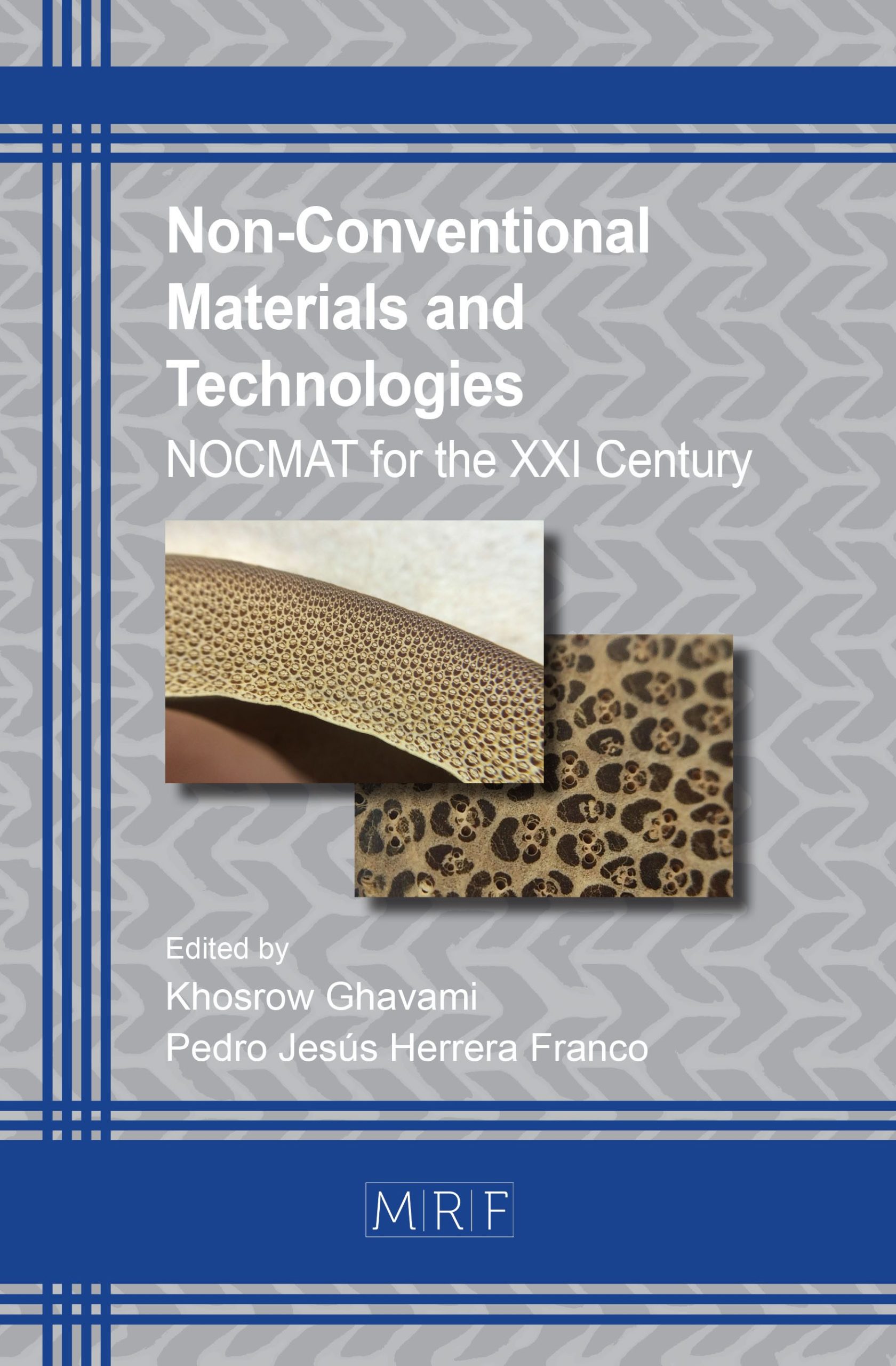Electrochemical Differences on the Passivity State of Reinforced Concrete for Two Concrete Design Methods
J.A. Briceño-Mena, M. Balancán-Zapata, P. Castro-Borges
Abstract. This work aims to detect, through electrochemical information, differences in the passivity state of reinforced concrete specimens manufactured with two different concrete design methods: the method one (M1) considers the ultimate resistance of the element and the method two (M2) considers the accommodation of the aggregates in the final element. There is a diversity of methods in codes and standards that provide information about the proportion of aggregates and cement content, based on the materials conditions and mechanical resistance of the final element. However, there is a few information about durability issues of reinforced concrete structures (RC) made in accordance with those methods and their differences during the passivation state. Small 150x150x300 mm beams with 6 rods embedded at 15, 20 and 30 mm and two water/cement (w/c) ratios of 0.65 and 0.45 for each method were made with Composed Portland Cement (CPC 30R). They were exposed in a tropical marine environment at 50 m from the sea in the north of Yucatan Peninsula, during a period of 700 days (passivity state). Corrosion rate, corrosion potential, resistivity, and internal conditions (relative humidity and temperature) measurements were performed periodically. In general, the beams designed with M2 behaved similar during the passivity state regardless the depth of cover, the w/c ratio and also the M1 method perse.
Keywords
Concrete design method, corrosion, electrochemical monitoring, concrete internal conditions, marine environment.
Published online , 12 pages
Copyright © 2018 by the author(s)
Published under license by Materials Research Forum LLC., Millersville PA, USA
Citation: J.A. Briceño-Mena, M. Balancán-Zapata, P. Castro-Borges, ‘Electrochemical Differences on the Passivity State of Reinforced Concrete for Two Concrete Design Methods’, Materials Research Proceedings, Vol. 7, pp 592-603, 2018
DOI: http://dx.doi.org/10.21741/9781945291838-57
The article was published as article 57 of the book Non-Conventional Materials and Technologies
References
[1] R. D. J. M. Steenbergen, C. P. W. Geurts, and C. A. Van Bentum, “Climate change and its impact on structural safety,” HERON, vol. 54, no. 1, pp. 3–36, 2009.
[2] E. Worrell, L. Price, N. Martin, C. Hendriks, and L. O. Meida, “Carbon Dioxide Emission from the Global Cement Industry,” Annu. Rev. Energy Environ., vol. 26, pp. 303–329, 2001. https://doi.org/10.1146/annurev.energy.26.1.303
[3] Portland Cement Association, “http://www.cement.org/cement-concrete-applications/concrete-materials/aggregates,” 2017. .
[4] U. V. Tilak and A. N. Reddy, “Effect of Different Percentage Replacement of Weathered Aggregate in Place of Normal Aggregate on Young’s Modulus of Concrete to Produce High strength and Flexible/Ductile Concrete for use in Railway Concrete Sleepers,” SSRG Int. J. Civ. Eng., vol. 2, no. 11, pp. 24–29, 2015. https://doi.org/10.14445/23488352/IJCE-V2I11P105
[5] G. E. Troxell, H. E. Davis, and J. W. Kelly, Composition and Properties of Concrete. 1968.
[6] ACI211-91, “Standard Practice for Selecting Proportions for Normal, Heavyweight, and Mass Concrete (Standard Practice for Selecting Proportions for Normal, Heavyweight, and Mass Concrete),” Am. Concr. Inst. committe 211, no. Reapproved, pp. 1–38, 2002.
[7] V. A. O’Reilly, Métodos para Dosificar Mezclas de Hormigón. Cuba: Científico-Técnico, 1990.
[8] C. Andrade and C. Alonso, “Corrosion rate monitoring in the laboratory and on-site,” Constr. Build. Mater., vol. 10, no. 5, pp. 315–328, 1996. https://doi.org/10.1016/0950-0618(95)00044-5
[9] I. Troconis, O., Romero, A., Andrade, C., Helene, P., & Díaz, Manual de inspección, evaluación y diagnóstico de corrosión en estructuras de hormigón armado. Red Durar, 1998.
[10] NMX-C-495-ONNCCE, “Industria de la construcción–Durabilidad de estructuras de concreto reforzado–Medición de potenciales de corrosión del acero de refuerzo sin revestir, embebido en concreto-Especificiones y método de ensayo,” 2015.
[11] NMX-C-514-ONNCCE, “Industria de la construcción-Resistividad eléctrica del concreto hidráulico-Especificaciones y método de ensayo,” 2015.
[12] NMX-C-501-ONNCCE, “Industria de la construcción-Durabilidad de estructuras de concreto reforzado-Medición de velocidad de corrosión en campo-Especificaciones y método de ensayo,” 2015.
[13] K. Petterson, “Corrosion threshold value and corrosion rate in reinforced concrete,” Stockholm, 1992.
[14] J. L. Y. Chan, R. C. Solís, and É. I. Moreno, “Influencia de los agregados pétreos en las características del concreto,” Ingeniería, vol. 7, no. 2, pp. 39–46, 2003.
[15] A. a Sagues, E. I. Moreno, W. Morris, and C. Andrade, “Carbonation in Concrete and Effect on Steel Corrosion,” 1997.
[16] L. Bertolini, B. Elsener, P. Pedeferri, E. Redaelli, and R. Polder, Corrosion of Steel in Concrete – Prevention, Diagnosis, Repair. 2013. https://doi.org/10.1002/9783527651696































